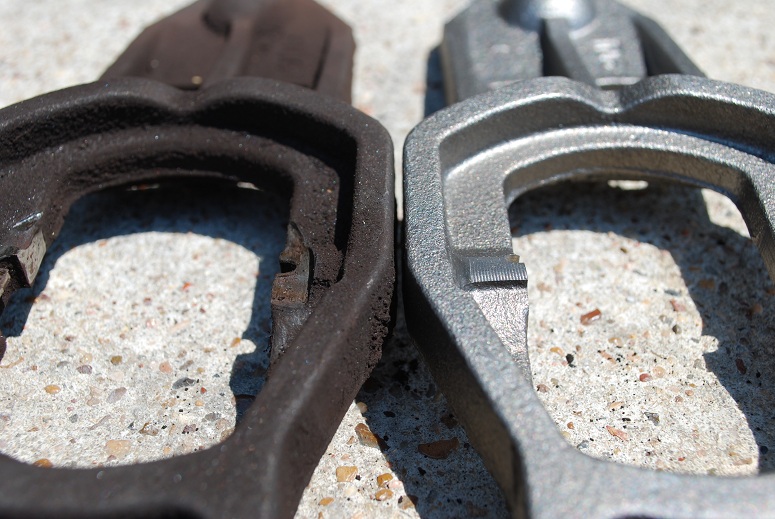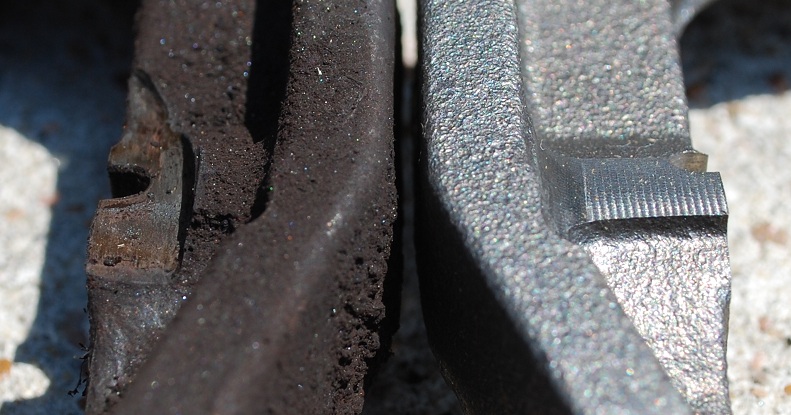Why you need to replace your clutch pivot fork in your Neon SRT4 when doing a clutch job.
Pictured below is a 2003 Dodge Neon SRT4’s clutch pivot fork that has 110,000 miles of wear. This particular SRT4 has had some shifting problems for some time, and we expected the clutch pivot fork to be pretty worn, but not THIS WORN!


To give you some background on this piece, when you press down on the clutch, you depress the master cylinder, which depresses the slave cylinder. The slave cylinder pushes against the clutch pivot fork which uses the throw out bearing to depress the clutch to disengage the clutch for you to change gears.
Over time, the friction between the cluth throw out bearing wears away at the clutch pivot fork, and when that happens it changes the geometry of the clutch fork/throw out bearing mechanisms. Over time, you’ll be able to depress the clutch less, which will not fully disengage the clutch.
So, the clutch engagement point will continue to get lower, and lower, and lower, and eventually if its bad enough you’ll have the clutch pedal fully depressed but yet the clutch wont be disengaged.
So, moral of this story is when you change your clutch, replace your oem clutch pivot fork and the corresponding pivot ball!
Link to our Mopar clutch pivot forks and pivot balls
http://www.modernperformance.com/advanced_search_result.php?keywords=pivot+
